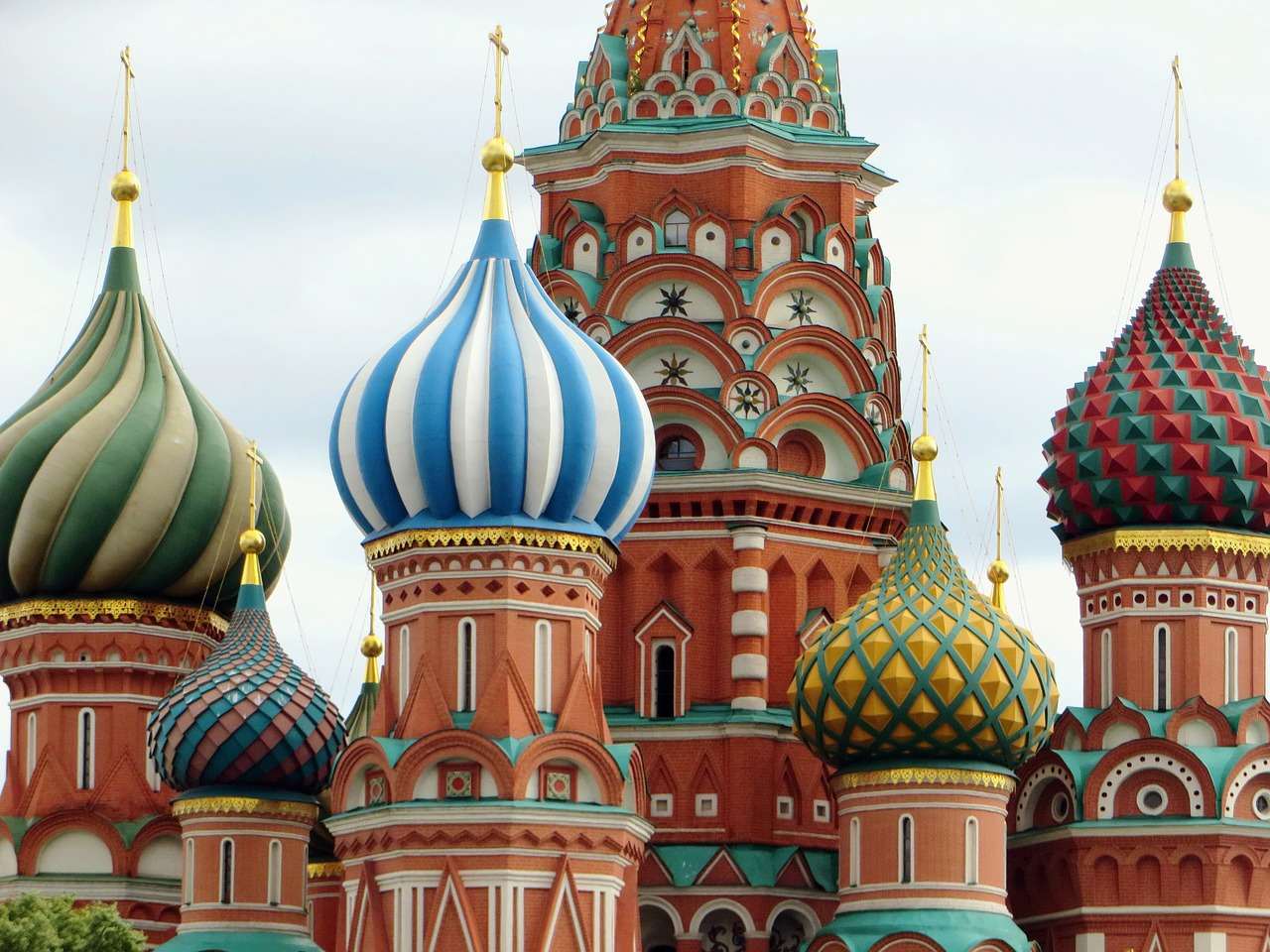Lenin's Mausoleum
Share this attraction
Back

Lenin's Mausoleum
Moscow
Lenin’s Mausoleum - the most important information
Lenin's Mausoleum (from 1953 to 1961 Lenin's & Stalin's Mausoleum), also known as Lenin's Tomb, situated on Red Square in the center of Moscow, is a mausoleum that serves as the resting place of Soviet leader Vladimir Lenin. His preserved body has been on public display there since shortly after his death in 1924, with rare exceptions in wartime. With the specific way of a display, this mausoleum shows similarities with historically significant mausoleums such as Step Pyramid, the Tomb of Cyrus the Great, and, to some degree, the Temple of the Inscriptions. On that note, this site offers up one of Moscow’s most macabre attractions and perhaps the most famous “modern mummy” in the world. Frozen in time, Vladimir Ilych Lenin’s embalmed body lays within a red granite and black labradorite step-pyramid.
History of the Mausoleum
Two days after the death of Lenin, architect Alexey Shchusev was tasked with building a structure suitable for viewing the body by mourners. A wooden tomb, in Red Square by the Moscow Kremlin Wall, was ready on January 27, and later that day Lenin's coffin was placed in it. More than 100,000 people visited the tomb in the next six weeks. In 1973, sculptor Nikolai Tomsky designed a new sarcophagus. On 26 January 1924, the Head of the Moscow Garrison issued an order to place the guard of honor at the mausoleum. Russians call it the "Number One Sentry". After the events of the Russian constitutional crisis of 1993, the guard of honor was disbanded. Joseph Stalin's embalmed body shared a spot next to Lenin's, from the time of his death in March 1953 until October 1961, when Stalin was removed as part of de-Stalinization and Khrushchev's Thaw, and buried in the Kremlin Wall Necropolis outside the walls of the Kremlin.
Opening hours and museum rules
- Opening hours - The Mausoleum is open to the public on Tuesdays, Wednesdays, Thursdays, Saturdays, and Sundays from 10:00–13:00. Visitors still queue to see Lenin's body although queues are not as long as they once were.
- Visitation - Entrance is free of charge.
- Museum rules - Museum rules state no talking, smoking, or taking photos inside. These are strict measurements and you would ask to leave if you disobey them. Expect to have your bags and belongings searched and prepare for guards to monitor behavior within the mausoleum itself fiercely.
How to get to Lenin’s Mausoleum?
To go to the Mausoleum you will be headed to the Red Square, the center of Moscow. The closest metro to Red Square: Ploschad' Rovulyutsii (line 3, blue) and it is approximately a 5-minute walk from Red Square. You can get into the mausoleum through the security checkpoint in Nikolskaya Tower in the Alexander Garden. There will probably be a queue, but it won't take too long.
Trivia about the Lenin’s Mausoleum
- Despite Lenin's expressed desire to be buried with his mother in St. Petersburg, Stalin's orders in this regard were very clear and forceful.
- Lenin's Mausoleum has a laboratory with its own team of experts (biologists, biochemists, and anatomists) who take care of Lenin's "maintenance service".
- Until the fall of the Soviet Union in 1991, the continued preservation work was funded by the Soviet government. At that point, the government discontinued financial support and private donations then supported the preservation staff. In 2016 the Russian government reversed its earlier decision and said it planned to spend 13 million rubles to preserve the body.
- The sarcophagus is kept at a constant temperature of 16 degrees Celsius and humidity of 80 - 90 percent. Weekly, a mild bleach is used to fight discoloring fungus and mold on Lenin’s skin, and every eighteen months the corpse undergoes a chemical bath of glycerol and potassium for thirty days while the mausoleum is closed. During this time, Lenin’s clothes are washed and carefully ironed. And every three years, Lenin receives a new suit.
Location
Learn more about this destination
Discover the beauty of the destination through blogs that highlight the most famous landmarks, hidden gems, and provide travel tips for visiting this destination. Embark on an adventure through the stories of experienced travelers.


















